Release Time:2020-02-11
01 Introduction
The new coronavirus epidemic has cast a heavy shadow on the Spring Festival in 2020. The intensity of the epidemic is unexpected. Recently, at the peak of returning to work after the holiday, countries and regions have successively issued relevant requirements for the operation, management and use of air-conditioning systems in the prevention and control of pneumonia caused by the new coronavirus.
Just a few days ago, the Architectural Society of China issued an announcement, approving the “Guidelines for Emergency Measures for the Operation and Management of Office Buildings to Respond to the “New Coronavirus”” as the Architectural Society of China standard to manage the operation and management of office buildings in various regions during the prevention and control of the “New Coronavirus” epidemic The Shanghai Municipal Center for Disease Control and Prevention also issued the “Requirements for the Use of Centralized Air-Conditioning and Ventilation Systems for the Prevention and Control of Pneumonia Epidemics of New Coronavirus Infection in Shanghai” to clean and disinfect the air-conditioning systems of all enterprises and institutions. Use provides operating principles and standards. As a practitioner in the radiant air-conditioning system industry, the “Guide” and “Requirements” also triggered the author’s thinking about the ability of radiant air-conditioning systems to prevent cross-infection in office buildings.
02How the new crown virus is controlled in office buildings
According to the distribution of pneumonia caused by the new coronavirus on the official website of the Chinese Center for Disease Control and Prevention, as of February 9, 2020, there were 34,598 confirmed cases of infection in the country, 27,657 suspected cases, and 723 deaths. The current situation is stable. However, the anti-epidemic situation remains grim.
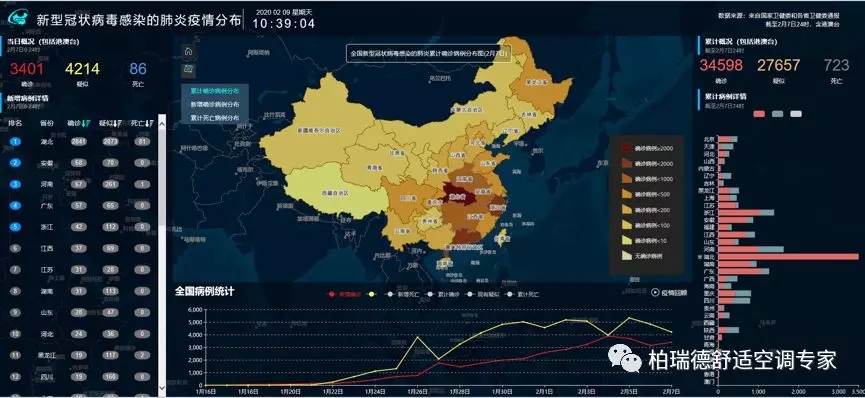
Figure 1 Distribution of pneumonia caused by new coronavirus infection
According to the article “Guidelines for Public Protection of Pneumonia Infected by New Coronavirus” compiled by the Chinese Center for Disease Control and Prevention, there are three main ways of transmission of pneumonia caused by novel coronavirus: direct transmission, aerosol transmission and contact transmission.

Figure 2 The spread of the new coronavirus
What is aerosol transmission?
Aerosols are liquid droplets discharged in the process of talking, laughing, singing, etc., and liquid droplets are produced during breathing, coughing, sneezing and size. Its particle size is generally 0.1 mm or less. It evaporates quickly (within 1 second or even tens of milliseconds) after exhaling the human body to form droplet nuclei (a few microns in size), and the droplet nucleus is suspended in the air for a long time and migrates with the air. Its transmission distance can reach hundreds of meters or more, which increases the risk of contactless transmission.
Whether the new coronavirus can be transmitted through aerosols has yet to be further confirmed, but there have been examples of central air-conditioning leading to the transmission of infectious diseases during the occurrence of previous infectious diseases. For example, the air-conditioning transmission in Philadelphia caused 20 cases of veterans. There is no doubt that the threat of death is absolute. Obviously, controlling the air circulation in the office, using very little return air or even fresh air, is the most effective way to prevent cross-infection.

Figure 3 Schematic diagram of the spread of the new coronavirus
03Difficulties of traditional air conditioners in preventing cross infection in office buildings
In order to facilitate the distinction, the air conditioner with coupled temperature and humidity control is called “traditional air conditioner”.
There are two main types of traditional air conditioners used in office buildings
The first category is the “cold and hot end + fresh air” system in which the terminal equipment adopts fan coils or multi-line indoor units. These air conditioners are air conditioners controlled by temperature and humidity coupling: the terminal equipment is responsible for processing indoor air and maintaining a suitable indoor temperature. , And the fresh air of the entire indoor space is uniformly provided after centralized processing.
 Figure 4 “Cold and hot end + fresh air” terminal equipment
Figure 4 “Cold and hot end + fresh air” terminal equipment
Take a fan coil unit as an example. When a fan coil unit is responsible for multiple rooms or a partial space of a certain building, the fan coil unit cannot be used or needs to be modified to serve only a certain main room; at the same time, once a building When “suspected cases” are found inside, in order to prevent cross-infection, all indoor convection type cold and hot terminal equipment (fan coils, indoor units, etc.) should stop operating, and the air conditioning system will be disabled.
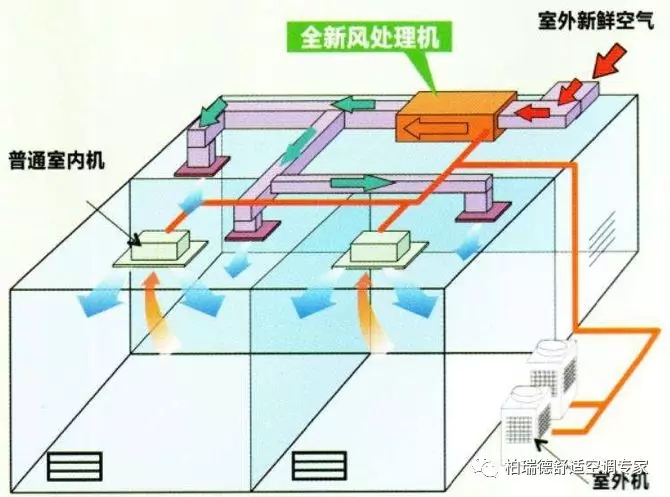
Figure 5 Schematic diagram of multi-line system principle
The “Guide” also pointed out that this type of air conditioner should
1″ Air-conditioned rooms with external windows that can be opened should maintain a certain degree of external window opening during use; for buildings with external windows and air-conditioning system window magnetic linkage control methods due to energy conservation and other reasons, it is recommended that before the epidemic is eliminated, Turn off this control method first”
2 “Unless there are special reasons, it is recommended that the room door maintain a certain degree of opening during use (or set a certain area of shutters on the room door) so that the air-conditioned room can communicate with the aisle.”
3″ The total exhaust air volume of the centralized exhaust system on the floor is not less than 70% of the total designed air supply air volume of the fresh air on the floor. If it is not satisfied, the exhaust system should be appropriately modified.) Measures such as replacing the exhaust fan can be taken.
The above measures are nothing more than providing sufficient fresh air and ensuring exhaust air. Therefore, the corresponding: the load at the hot and cold ends will be greatly increased, and the end will produce considerable noise and air volume, which will affect the office environment and the corresponding energy consumption. Will greatly increase.
The second category is all-air air conditioning systems
The system is similar to the fresh air system, which uses an air-conditioning box to centrally process the air and then send it to the air-conditioned area. The difference from the fresh air system is that it needs to collect return air for circulation in order to achieve the purpose of energy saving. If there is a virus-containing aerosol in a certain area of the air-conditioned space, it will be collected by the return air and sent to all areas of the air-conditioning box. , Causing cross contamination.
The recommendations given in the Guide are as follows:
1. Single fan system: ensure that the fresh air valve is fully opened and the return air valve is closed (or closed);
2. Double fan system or single fan system with mechanical exhaust: open the large (or fully open) fresh air valve and exhaust valve while closing the small (or closing) return air valve;
3. In areas with hot summers and warm winters, the return air valve can be completely closed and the fresh air operation can be completed after work after the holiday and before the cooling system starts operation; when conditions permit, the outer windows should be opened at the same time.
We know that once the return air valve is closed or closed, the main unit of the air conditioner will process a large amount of outdoor cold air, and the main unit may not be able to process the specified temperature at all and supply air to the room, and the indoor temperature will not be controllable; similarly, the energy consumption of processing cold air It’s huge.
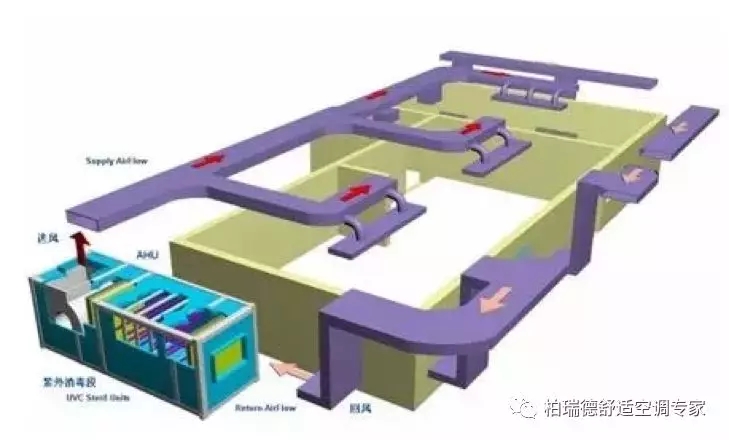
Figure 6 Schematic diagram of the principle of the all-air system
04 Advantages of radiant air conditioning in preventing cross infection
What is radiant air conditioning?
Simply put, the radiant air conditioner is mainly composed of a radiant terminal (ceiling radiant panel) and a fresh air system. The radiant terminal is responsible for the cooling and heating load, and the fresh air system is responsible for the indoor fresh air and part of the latent heat load.
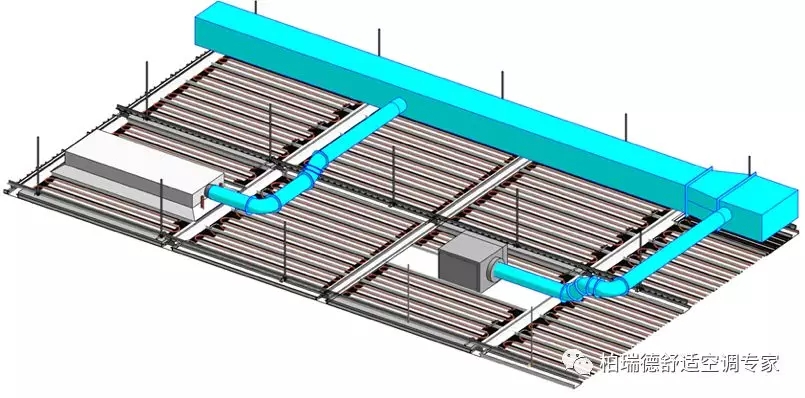
Figure 7 Schematic diagram of radiant air conditioning system
In fact, the radiant air-conditioning system is not a “new gadget”, as early as the 90s of the last century, it has been specifically applied in civil buildings in some developed countries in Europe. So far, radiant air conditioning systems have been widely used in shopping malls, supermarkets, banks, office buildings and other places in Europe, especially in Germany and Switzerland. At present, all the 15,000 square meters in the security check and luggage area of Beijing Daxing International Airport are all equipped with radiant air conditioning systems.
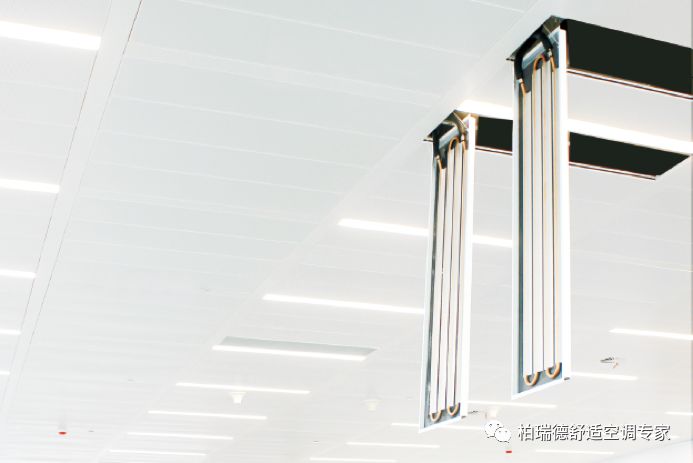
Figure 8 Indoor real scene of radiant air conditioning system
The biggest advantage of radiant air conditioning over traditional air conditioning is
*Traditional air conditioning
If you want to realize the synchronous control of temperature and humidity, it is generally necessary to reheat the fresh air, which leads to an increase in energy consumption. The only solution is to sacrifice one of the temperature and humidity, which is equivalent to sacrificing indoor thermal comfort.
*Radiant air conditioning
Separate control of temperature and humidity can be realized, and the temperature gradient formed by radiant cooling in the room is very small, and the wind speed is extremely small, achieving good indoor thermal comfort.

Figure 9 Radiant air conditioning system with independent temperature and humidity control
ecause it gets rid of the shackles of reheating fresh air to provide load, both indoor temperature and humidity can be accurately controlled.
Therefore, during the epidemic, the existing radiant air-conditioning system can be used normally, that is: turn off the return air, use fresh air and open windows for ventilation to prevent cross-infection; while meeting the ample indoor fresh air, the radiation terminal provides the heat load. Maintain the indoor temperature at a suitable state; at the same time, avoid the problems of strong noise and blowing sensation, and maintain a comfortable office environment; radiation directly acts on the human body surface without heating the indoor air, so the energy consumption is low.

Figure 10 Schematic diagram of fresh air mode
05 Conclusion
In summary, no matter from the perspective of convenience and safety, radiant air conditioners have more prominent advantages than traditional air conditioners in preventing cross-infection in office buildings.
At the same time, radiant air conditioners are also favored by more and more owners due to their good comfort, excellent indoor air quality and lower management costs.
The U.S. Department of Energy has listed radiant air conditioning as one of the 15 most economically advantageous HVAC energy-saving technologies in the United States today and in the future.
I believe that in the near future, radiant heating and cooling technology can also enter a new era in China, benefiting more people, and creating a more comfortable and healthier indoor environment for them.
At the end
Hope that China can defeat the new crown virus epidemic as soon as possible
Join forces to fight the epidemic
Go Wuhan, go China